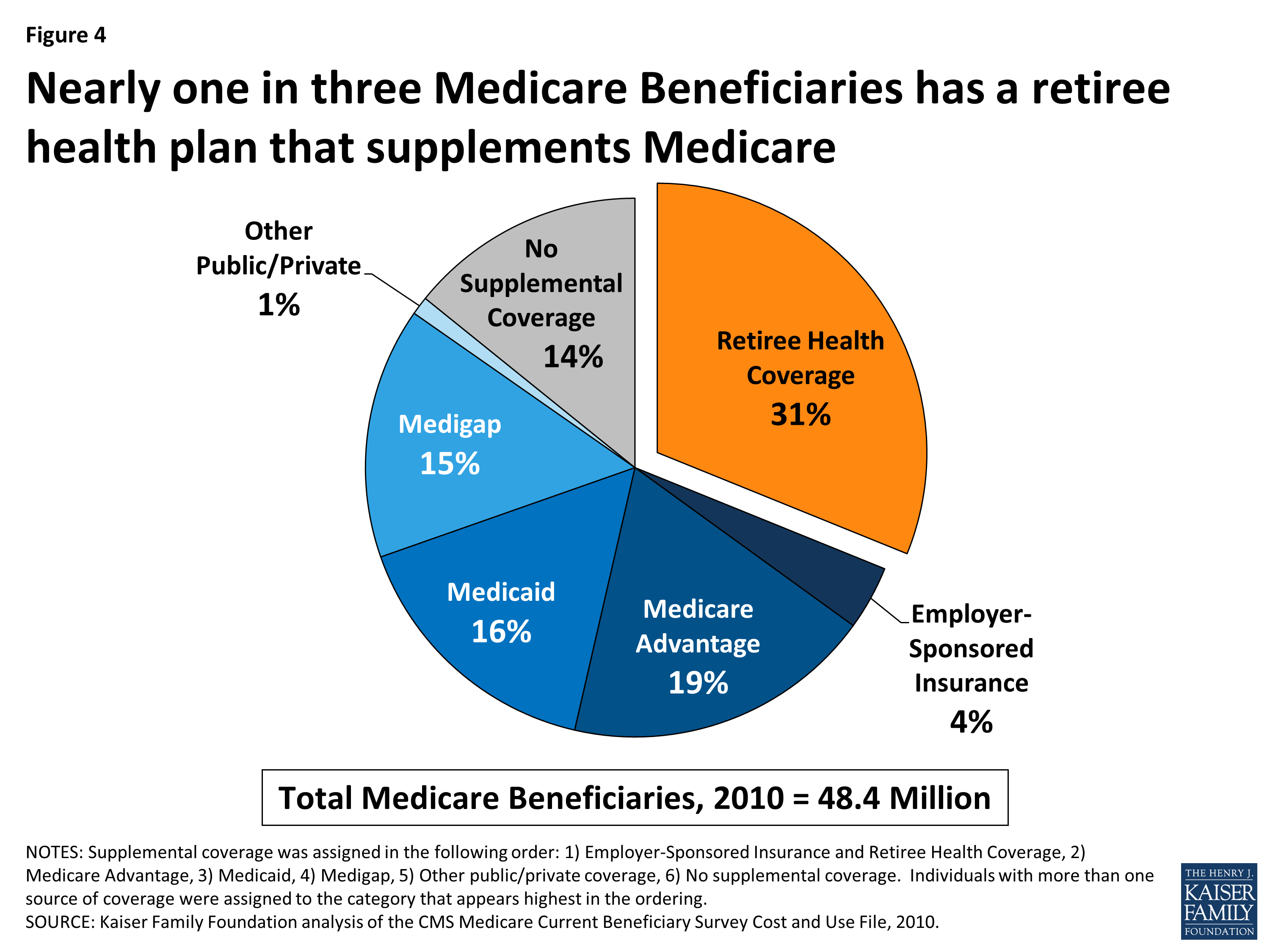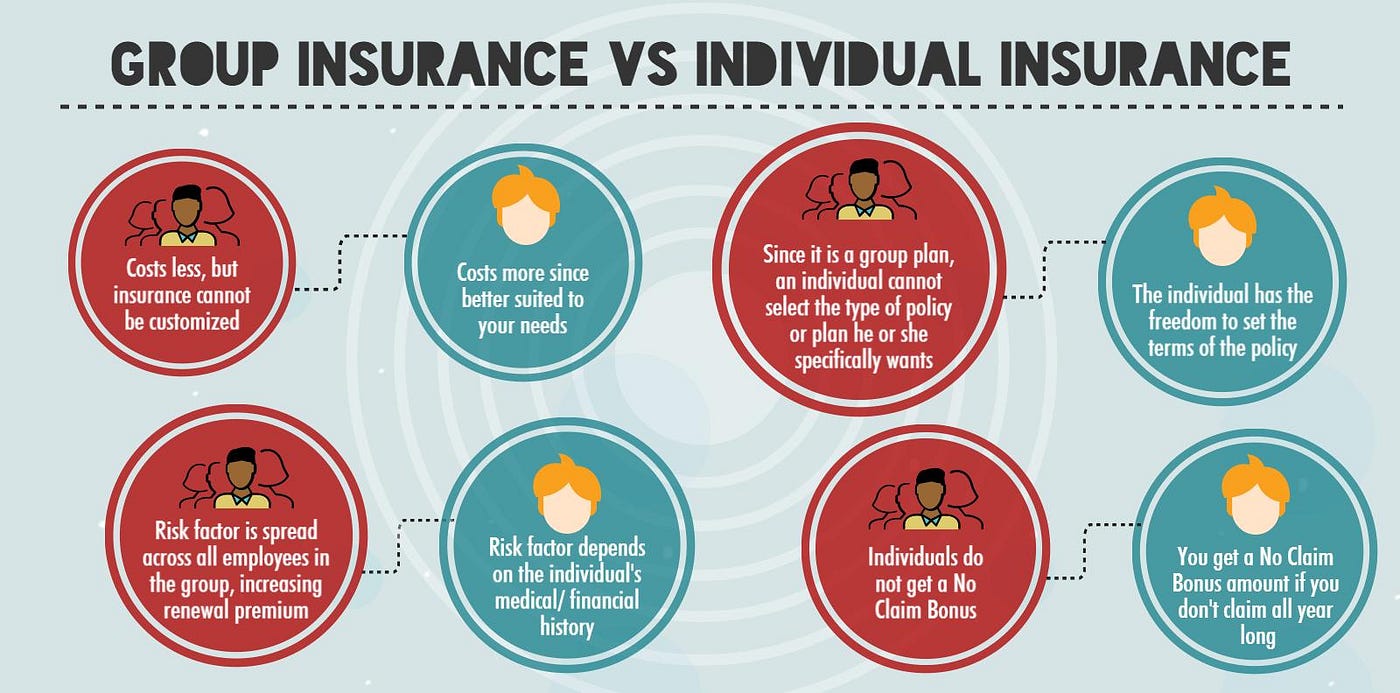Get This Report on Medicare Advantage Agent
Get This Report on Medicare Advantage Agent
Blog Article
9 Easy Facts About Medicare Advantage Agent Explained
Table of ContentsWhat Does Medicare Advantage Agent Mean?Get This Report on Medicare Advantage AgentGet This Report about Medicare Advantage Agent

follows from complies with the relatively young fairly profile of account uninsured with the better health, on average, of younger persons. For those without accessibility to work environment wellness insurance coverage, poor health and wellness is a prospective obstacle to buying nongroup insurance coverage because such coverage might be highly priced, omit preexisting problems, or be merely inaccessible. Unless or else kept in mind, nationwide price quotes of individuals without health insurance and proportions of the populace with various kinds of insurance coverage are based on the CPS, the most extensively used source of quotes of insurance coverage and uninsurance rates.

Everything about Medicare Advantage Agent
The connection between wellness insurance coverage and accessibility to care is well developed, as recorded later in this chapter. The connection between health and wellness insurance coverage and wellness outcomes is neither direct nor easy, a considerable clinical and health and wellness solutions research literary works web links health insurance policy protection
to improved access to care, better quality, and improved boosted individual population health wellnessStanding The second record, on individual wellness outcomes for uninsured grownups, is stood for by the inner circle of the number, while the 3rd record, on family members health, encompasses the topics of the second report yet stresses a different unit of analysis, specifically, the family.
Moreover, it concentrates particularly on those with no health insurance policy for any size of time. The problems faced by the underinsured remain in some areas comparable to those encountered by the without insurance, although they are typically much less extreme. Uninsurance and underinsurance, nevertheless, entail distinctly different policy concerns, and the methods for resolving them might vary. Throughout this research and the five records to follow, the main emphasis gets on individuals without any medical insurance and thus no support in paying for healthcare beyond what is available via charity and security net organizations. Medical insurance is a powerful factor influencing receipt of care since both individuals and doctors react to the out-of-pocket rate of services. Medical insurance, nonetheless, is neither necessary nor enough to access to clinical solutions. The independent and straight impact of wellness
insurance coverage on access to health health and wellness is well established. Others will certainly obtain the healthcare they need also without health and wellness insurance, by paying for it out of pocket or seeking it from companies that use care cost-free or at highly subsidized prices. For still others, health and wellness insurance alone does not make certain receipt of care due to other nonfinancial barriers, such as a lack of healthcare companies in their area, limited access to transport, illiteracy, or etymological and cultural differences. Formal research concerning without insurance populaces in the USA find more information dates to the late 1920s and very early 1930s when the Board on the Price of Healthcare produced a series of reports about financing doctor workplace gos to and hospitalizations. This concern became prominent as the varieties of medically indigent climbed up during the Great Clinical depression. Empirical research studies consistently support the web link between access to care and enhanced wellness end results(Bindman et al., 1995; Starfield, 1995 ). Having a normal resource of care can be considered a forecaster of accessibility, as opposed to a direct action of it, when wellness end results are themselves used as accessibility indicators. This extension of the notion of access measurement was made by the IOM Committee navigate to this website on Checking Accessibility to Personal Wellness Care Services(Millman, 1993, p. Whether moms and dads are insured appears to affect whether their children get treatment as well as just how much careeven if the youngsters themselves have coverage(Hanson, 1998). The health and wellness of moms and dads can affect their capability to take care of their children and the degree of household stress. Stressing over their children's accessibility to care is itself a source of tension for parents. 3 chapters adhere to in this report. Phase 2 offers an introduction of exactly how employment-based medical insurance, public programs and specific insurance coverage operate and communicate to supply substantial but insufficient insurance coverage of the U.S. population. This consists of a testimonial of historical fads and public policies impacting both public and personal insurance coverage, a discussion of the communications among the various sorts of insurance, and an exam of why individuals move from one program to an additional or wind up

Report this page